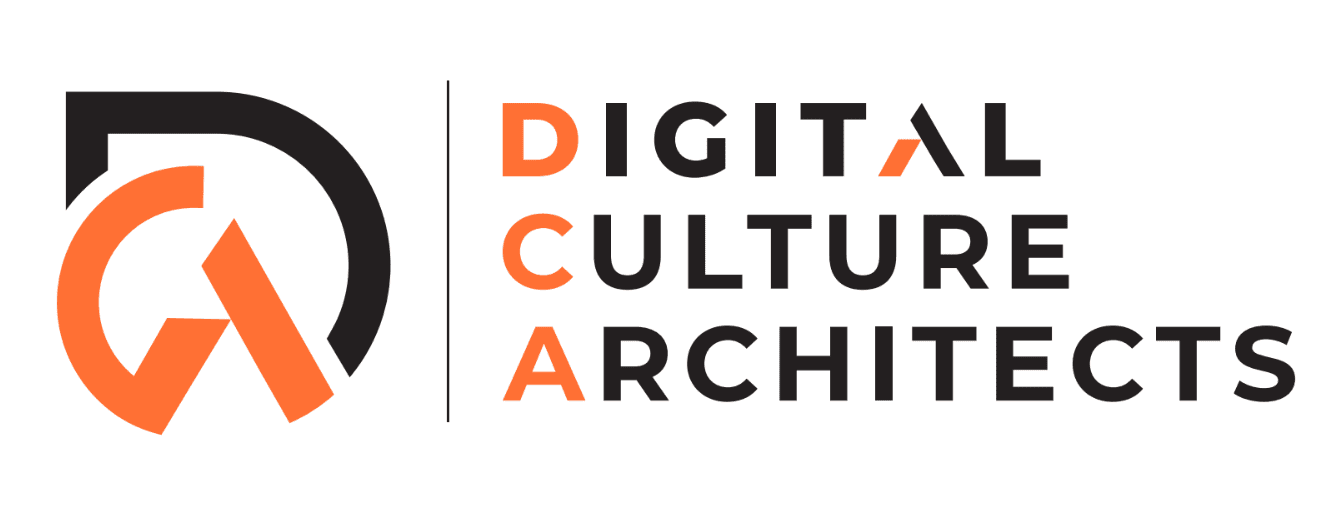
How KPIs and KRIs Work Together in Corporate Governance Risk Management
December 4, 2024
Corporate governance isn’t just about setting policies—it’s about ensuring those policies translate into action, success, and resilience. Key Performance Indicators (KPIs) and Key Risk Indicators (KRIs) are essential tools that help organizations manage this balance. While KPIs track how well a company achieves its goals, KRIs provide early warnings about potential risks that could derail those efforts. Together, they create a roadmap for navigating the complexities of modern business.
Why KPIs and KRIs Matter
- KPIs measure success. They tell you how you perform against specific targets, such as revenue growth, customer satisfaction, or operational efficiency.
- KRIs anticipate risks: These metrics flag potential problems, such as increasing market volatility, cybersecurity vulnerabilities, or supply chain disruptions.
When used together, KPIs and KRIs give leaders a balanced perspective. KPIs show progress; KRIs reveal threats that might undermine them. This combination allows leaders to make intelligent and informed decisions.
Making KPIs and KRIs Work Together
- Start with Strategy Align your KPIs and KRIs with your organization’s goals. For example, if your objective is to grow market share, your KPI might track new customer acquisitions, while a related KRI monitors market competition or regulatory changes.
- Define Risk Thresholds KRIs are only valuable if they trigger action when needed. Establish clear thresholds that signal when a risk is approaching a critical level and have a plan to address the rising risk.
- Integrate and Adapt Incorporate KPIs and KRIs into regular performance reviews and decision-making processes. Revisit these metrics periodically to ensure they remain relevant as business conditions evolve.
The Big Picture
Pairing KPIs with KRIs improves risk management and changes how companies approach challenges. This integration ensures organizations stay proactive, balancing opportunities with threats. A strong governance framework grounded in both metrics demonstrates to stakeholders that the organization is committed to sustainable success.
By effectively combining KPIs and KRIs, businesses can make better decisions, manage risks confidently, and stay focused on their goals—even in an unpredictable environment.

